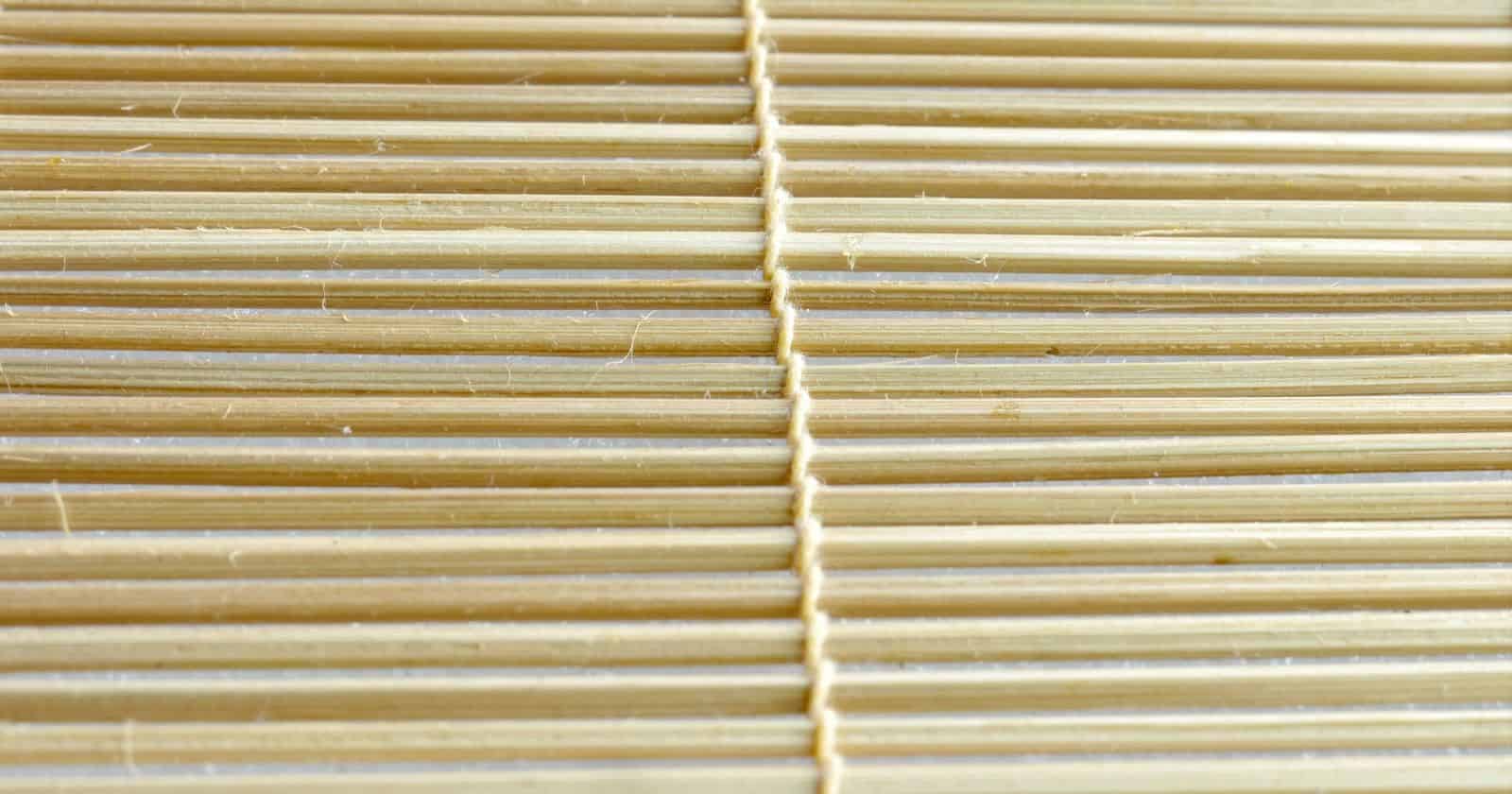Want to wow your friends and family with homemade sushi, but don’t know where to start? Using a sushi mold takes the guesswork out of shaping delicate sushi rice and fillings into perfect, bite-sized creations. With some preparation and a few simple steps, you’ll be rolling trendy and tasty sushi in no time.
First, it’s vital to begin with properly cooked sushi rice; undercooked grains won’t hold together well, while overcooked rice turns sticky and mushy. After cooking, be sure to let the rice cool completely before using your mold. As for fillings, thin strips or small pieces of ingredients like cucumber, avocado, crab meat, and smoked salmon work best.
When selecting a mold, consider the type of sushi you want to make. Rectangle or square molds work nicely for casual rolls like makizushi, while a nigiri mold shapes rice into a base for elegant nigiri toppings. You’ll also need plastic wrap to line the mold and prevent sticking.
To use your sushi mold:
- Line the mold evenly with plastic wrap, letting excess hang over the edges.
- Lightly press cooled rice into the mold, filling all spaces evenly.
- Arrange your sliced fillings attractively on top, leaving a small space at one end.
- Fold the plastic wrap over fillings and press down firmly to shape the rice and fillings together.
- Invert the mold onto a plate and tap gently to release the formed sushi.
- Use a sharp knife dipped in vinegar water to slice each piece evenly.
With a quality sushi mold and a little practice, you’ll be able to create a variety of artistic and delicious sushi shapes to make your next dinner party a hit. Read on for step-by-step instructions and pro tips for molding flawless sushi creations.
Choose the Right Sushi Mold for the Job
The first step is selecting the correct style of mold for the type of sushi you want to make. Here are the most common varieties and what they are best suited for:
- Makizushi Molds: Rectangular molds perfect for rolling traditional makizushi rolls filled with rice and fillings wrapped in nori seaweed sheets.
- Nigiri Molds: These molds shape rice into petite rectangles or ovals to serve as the base for nigiri toppings like slices of fish.
- Oshizushi Molds: Use these square or hexagonal molds to create oshizushi, also known as “pressed sushi.”
- Inari Sushi Molds: Makes slim, cone-shaped molds ideal for stuffing deep-fried tofu pouches with sushi rice.
- Onigiri Molds: Triangle or ball-shaped molds designed for molding Japanese rice balls called onigiri.
- Futomaki Molds: Large, thick makizushi molds for rolling extra-stuffed futomaki rolls.
Pick a mold style that suits the sushi you want to create for the perfect shape every time.
Prepare the Rice and Fillings
No sushi is complete without the fundamentals of well-made sushi rice and fresh, flavorful fillings.
For the rice:
- Cook high-quality sushi rice per package instructions. Let it steam for 10-15 minutes after cooking.
- Allow the rice to cool completely before molding sushi. This prevents the rice from becoming gummy.
- Mix in sushi seasoning like rice vinegar, sugar, and salt to taste.
For the fillings:
- Slice ingredients like cucumbers, avocados, smoked fish and shellfish into long thin strips or small pieces.
- Set aside any extras like roe, toasted sesame seeds, or minced vegetables for pressing onto the tops of sushi.
Properly prepping the rice and fillings ahead creates the foundations for molding flawless sushi.
Line the Mold with Plastic Wrap
Before adding any rice or fillings, it’s vital to line your sushi mold thoroughly with plastic wrap. This prevents rice and ingredients from sticking and allows easy release after forming the sushi.
- Use a large piece of plastic wrap doubled over.
- Press it into every corner and edge of the mold.
- Let excess wrap drape over the sides of the mold.
Take care to eliminate any creases, wrinkles, and air pockets in the plastic wrap lining for clean sushi molding.
Fill the Mold Evenly with Rice
Now you’re ready to add the sushi rice into your lined mold.
- Scoop cooked, seasoned rice into the mold.
- Using your fingers or the back of a spoon, press rice into all corners of the mold.
- Fill any indents and pack the rice down firmly and evenly.
- Level off the top for a smooth surface.
Distribute rice consistently for sturdy, compactly shaped sushi.
Arrange Fillings Attractively on the Rice
Time to transform your molded rice into true sushi with tasty fillings.
- Place fillings like fish, veggies, or roe in a line down the center of the rice.
- Arrange the ingredients neatly, leaving a 1/2 inch rim of rice exposed along the edges.
- Place any extras like seeds or sauce in a stripe on top.
- Reserve some fillings to place on top of the finished sushi pieces.
With an artistic touch, the fillings can make your homemade sushi pop.
**Fold, Press, and Invert the Sushi Mold **
Now to shape the rice and fillings into a cohesive sushi creation.
- Fold the excess plastic wrap over top to envelop the fillings.
- Press down firmly and evenly to compress everything together.
- Invert the mold onto a cutting board or plate.
- Peel back the plastic wrap to reveal your molded sushi.
Use care when unmolding to keep the formed sushi intact.
Cut and Serve Your Sushi Creations
The final step is slicing your sushi masterpiece and serving it up in style.
- Use a very sharp knife dipped in vinegar water to slice the sushi into pieces.
- Carefully cut down through the rice and fillings in even motions.
- Plate the sliced sushi pieces with accents like wasabi, pickled ginger, or additional fillings.
- Consider arranging pieces diagonally or fanning them out.
With artistic presentation, your homemade sushi becomes a stunning centerpiece meal.
While it takes practice to master molding flawless sushi, having the right tools and following these simple steps takes out the guesswork. With a quality sushi mold, prepared rice and fillings, and some creativity, you’ll be serving up edible works of art in no time. Impress your friends with your new sushi shaping skills!




